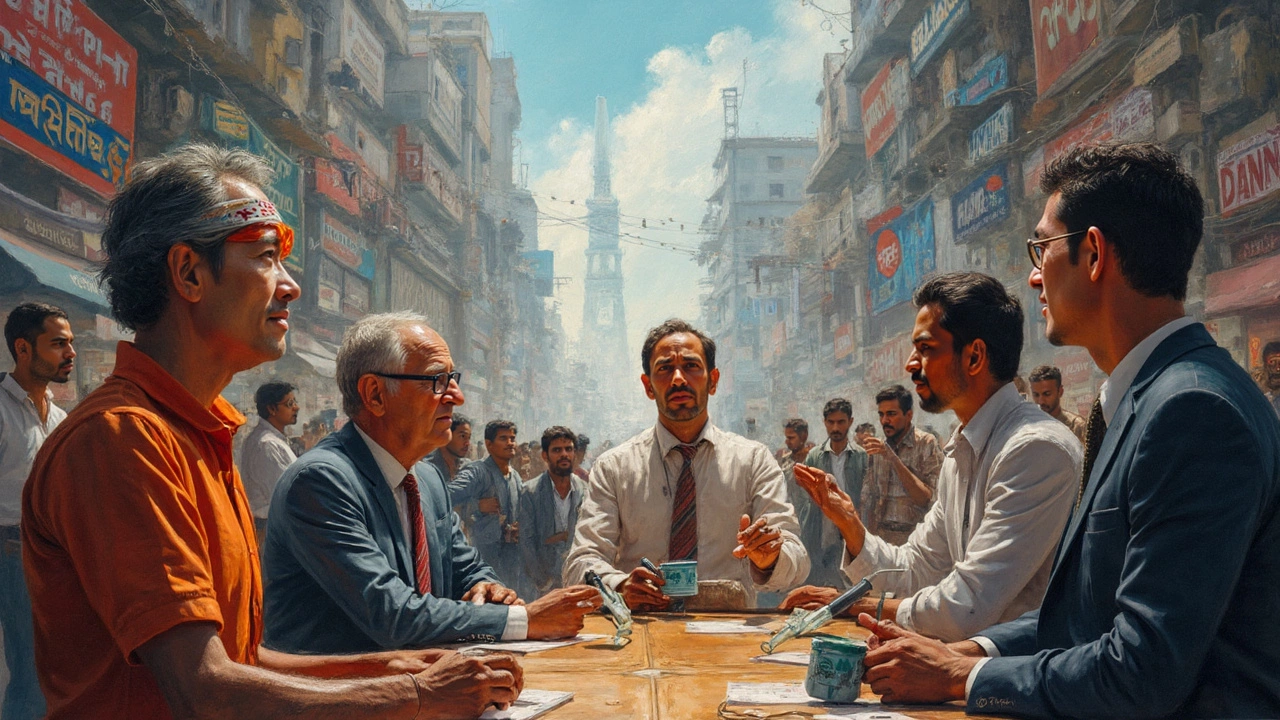Pharma Manufacturers India: What You Need to Know
India’s pharma sector is booming, and knowing the key manufacturers can give you a real edge. Whether you’re an investor, a supplier, or just curious, this guide breaks down the most important players, where they operate, and why the market matters today.
Who’s Leading the Pack?
In 2025 the top labs like Sun Pharma, Cipla, Dr. Reddy’s and Lupin dominate both domestic sales and exports. These companies have U.S. FDA‑approved plants, which means they can ship medicines to the United States, Europe and Africa. Their product lines span generics, specialty drugs, and an expanding biosimilar portfolio.
Beyond the giants, a handful of mid‑size firms such as Aurobindo, Glenmark, and Divi’s Laboratories are carving niches in niche dosage forms and contract manufacturing. They often partner with global brands to produce everything from insulin pens to antiviral tablets.
Where the Action Happens
Geographically, Hyderabad, Ahmedabad and Mumbai are the three hotspots. Hyderabad, dubbed the “Pharma Capital,” hosts more than 700 manufacturers, thanks to a strong talent pool and supportive state policies. Ahmedabad offers a mix of old‑school producers and high‑tech startups, while Mumbai’s ports make it a prime export hub.
These clusters benefit from government schemes like Production‑Linked Incentive (PLI) for APIs and drugs. The incentives lower costs for domestic production, encouraging firms to shift more manufacturing from overseas back to India.
For suppliers, the takeaway is simple: locate your partner close to these clusters to cut logistics costs and speed up time‑to‑market. For job‑seekers, the same zones host the highest number of pharma vacancies, ranging from R&D to quality assurance.
Regulatory compliance is a must‑have badge of credibility. Most top manufacturers maintain ISO 9001, ISO 14001 and WHO‑GMP certifications. These standards assure buyers that products meet global safety and quality benchmarks, which is especially crucial for export markets.
Technology is reshaping the industry as well. Automation, AI‑driven predictive maintenance, and digital twins are making factories more efficient. Companies that embrace these tools see higher yields and lower waste, translating into better profit margins.
Looking ahead, biosimilars and cell‑based therapies are set to drive the next wave of growth. Several Indian firms have already secured biosimilar approvals in the EU, opening doors to a multibillion‑dollar market. Investors keeping an eye on these pipelines can spot high‑potential opportunities early.
In short, the Indian pharma manufacturing landscape is diverse, fast‑moving, and full of chances for anyone ready to engage. Stay updated on the latest company announcements, policy changes, and tech trends – that’s the best way to turn information into advantage.

Pharma Hub Hyderabad: Why India’s Medicine Industry Relies on This City
Hyderabad has earned the nickname 'pharma hub' thanks to its massive pharmaceutical manufacturing industry, world-class research centers, and skilled workforce. This article digs into how the city climbed to the top, what makes its pharma sector boom, and why global companies are setting up shop here. Find out how Hyderabad became the go-to place for drugs and medicines in India, what the advantages are for manufacturers, and why the city shows no signs of slowing down. Whether you’re in the industry or just curious, you’ll get clear answers and handy info here.
Read More
Pharma Manufacturing Companies in India: How Many Are There and What You Need to Know
Wondering how many pharma manufacturing companies exist in India? This article breaks down the numbers, shows where these companies are spread out, and explains why India is called the 'pharmacy of the world.' You'll find surprising facts, reasons behind the industry's rapid growth, and tips for businesses or job seekers interested in this sector. We'll also touch on regulations and what sets Indian pharma apart. Useful, detailed, and full of insights anyone can understand.
Read More
AbbVie Scandal: Unraveling Pharma Missteps in India
The AbbVie scandal has surfaced significant concerns over pharmaceutical practices in India, spotlighting issues such as unethical promotions and questionable drug approvals. With the involvement of influential entities, the scandal reveals the complex dynamics between global pharma leaders and Indian regulations. This article explores the origins, the key players, and potential repercussions for the industry. Understanding the scandal helps to grasp the broader implications on public trust and regulatory frameworks.
Read More